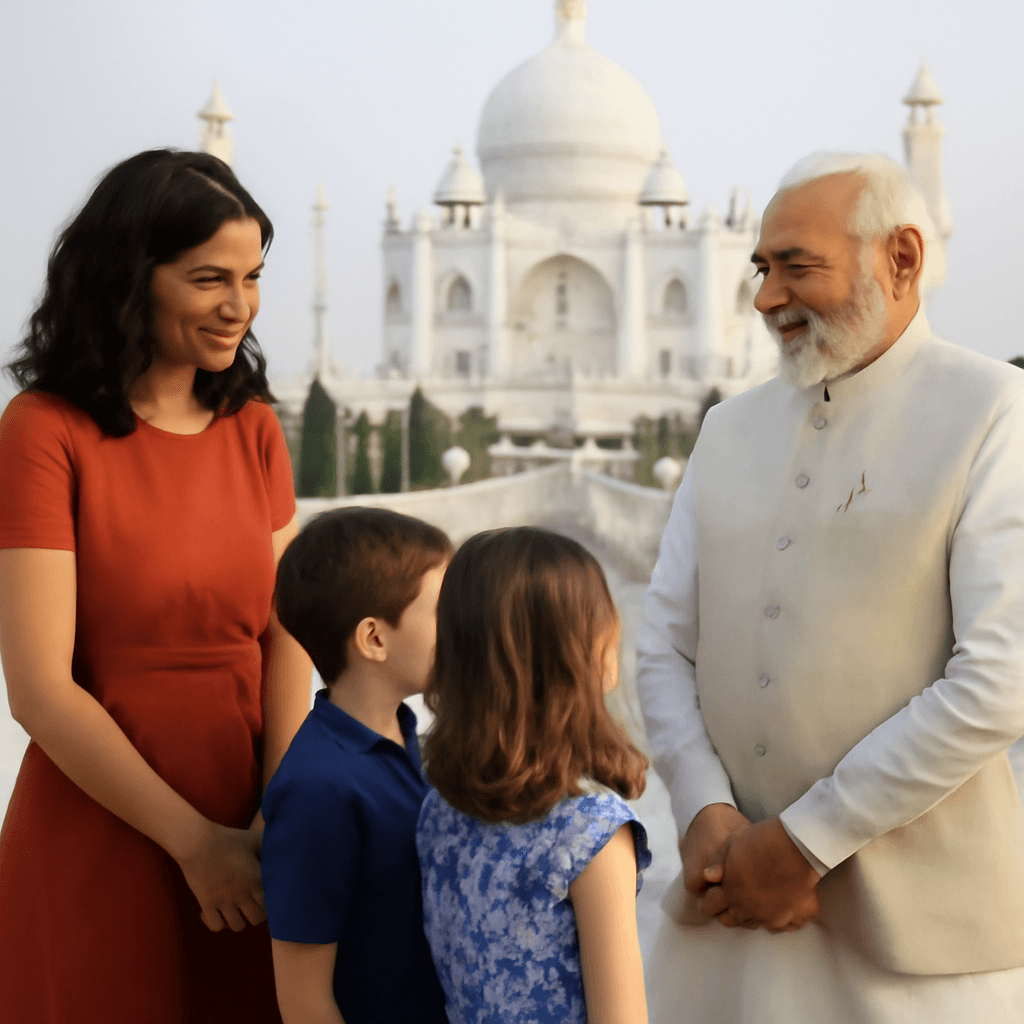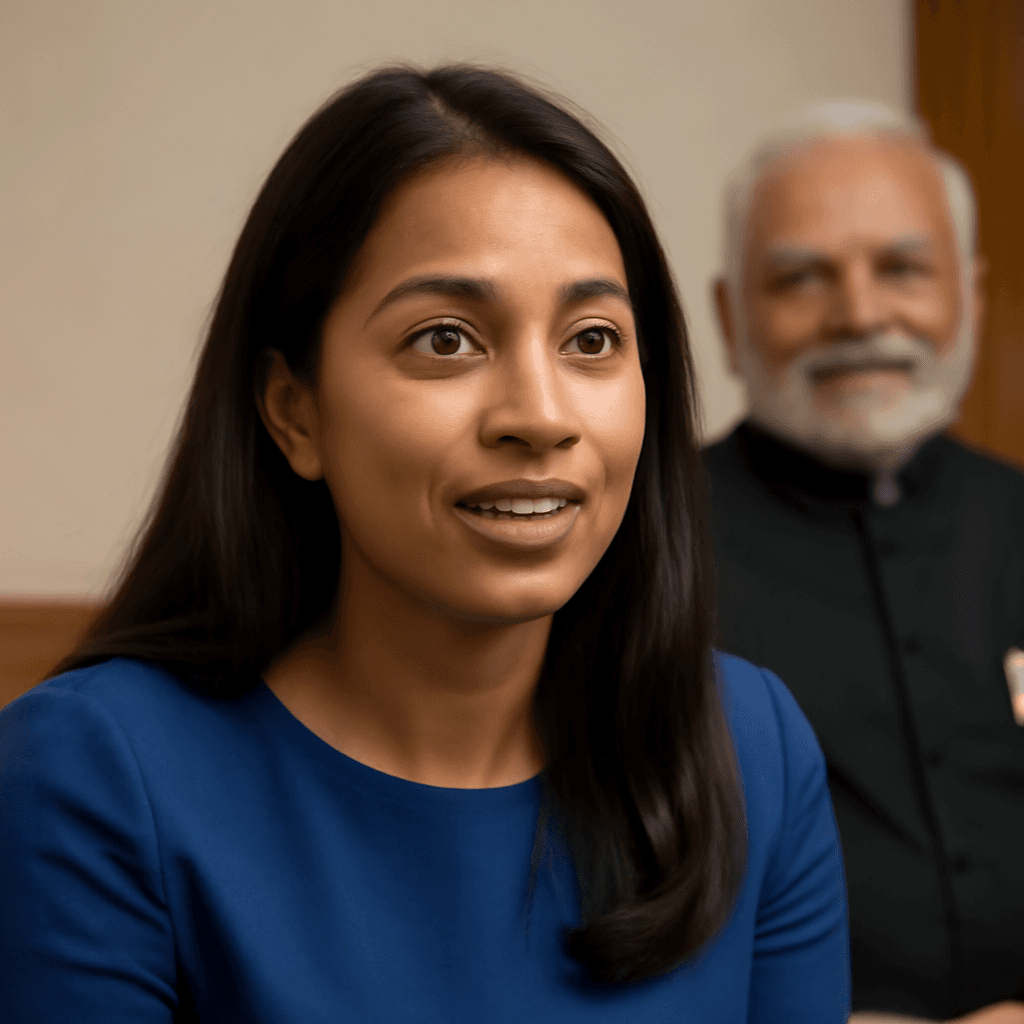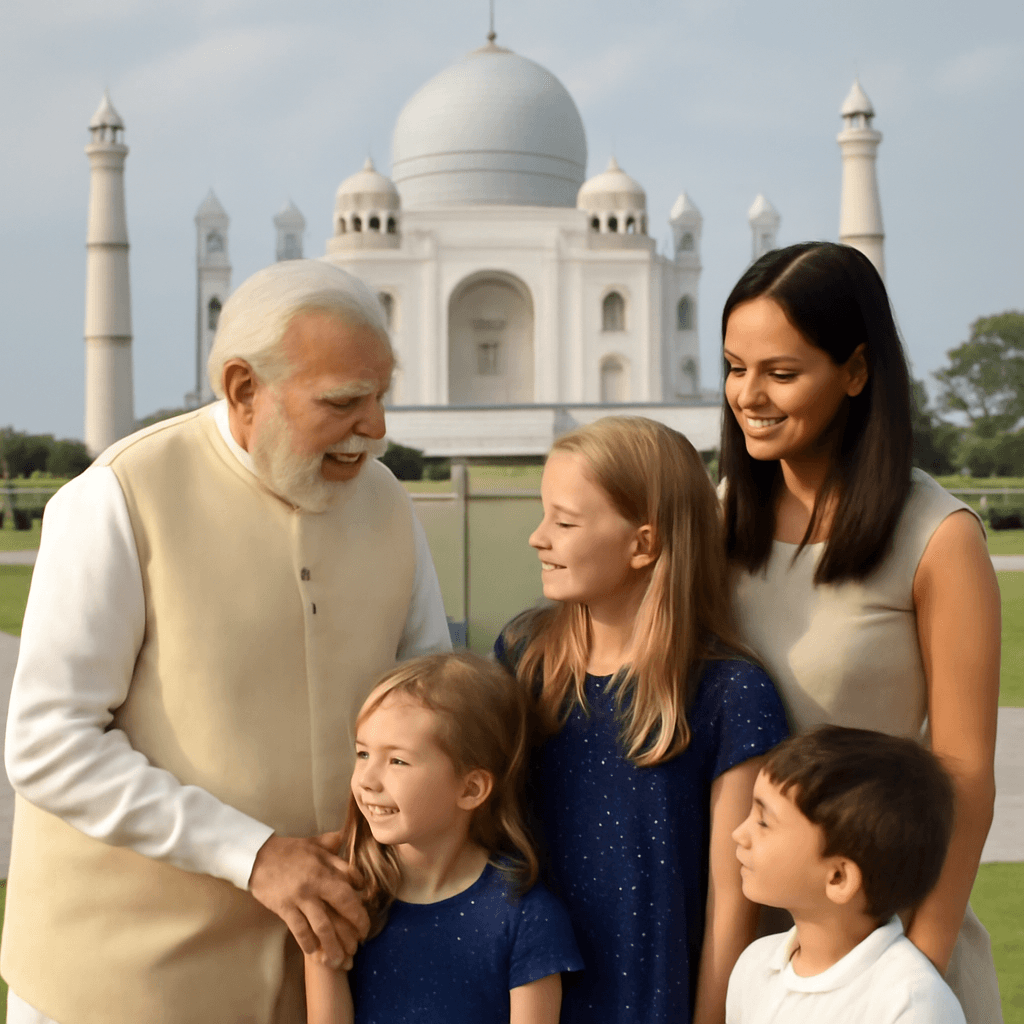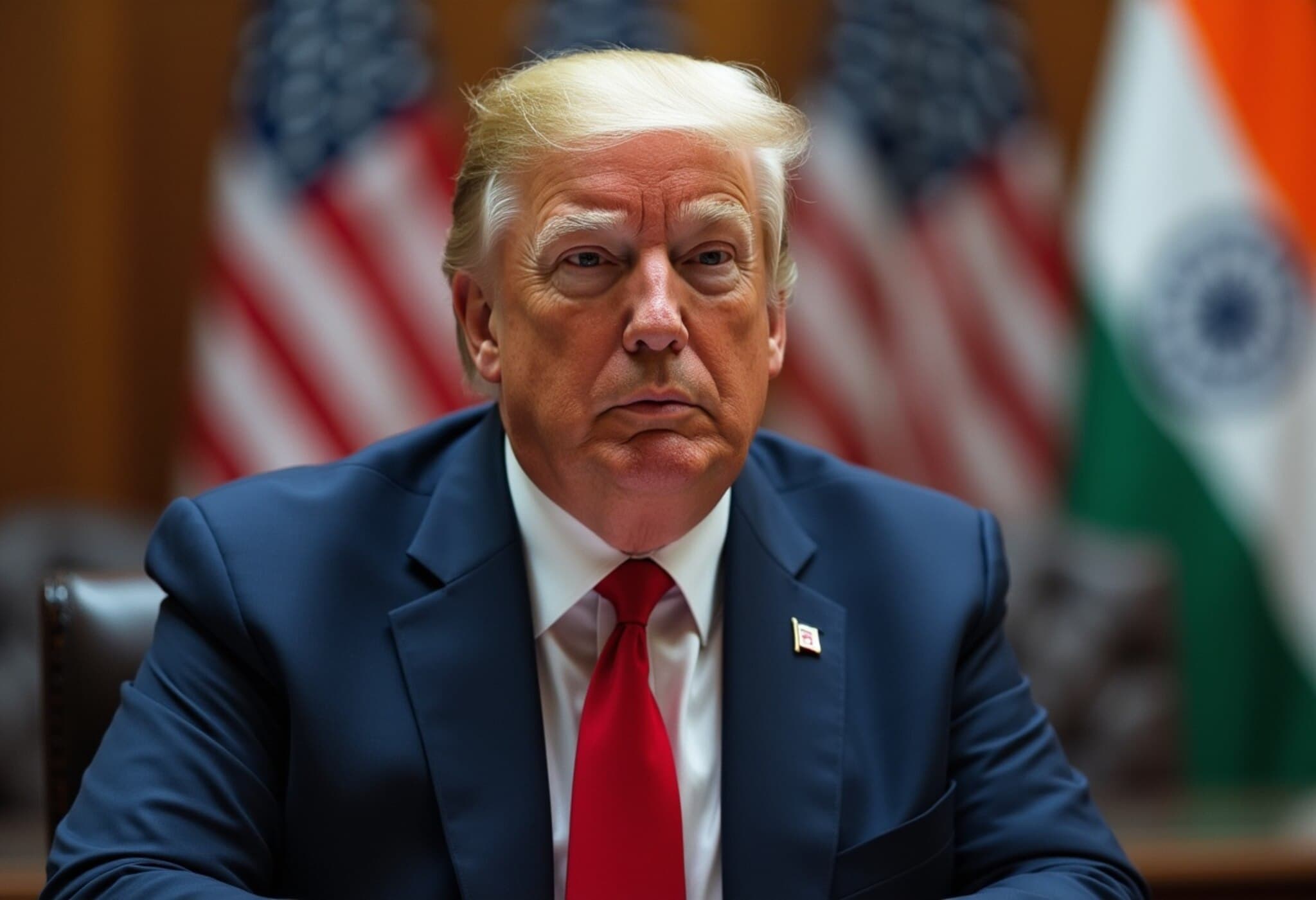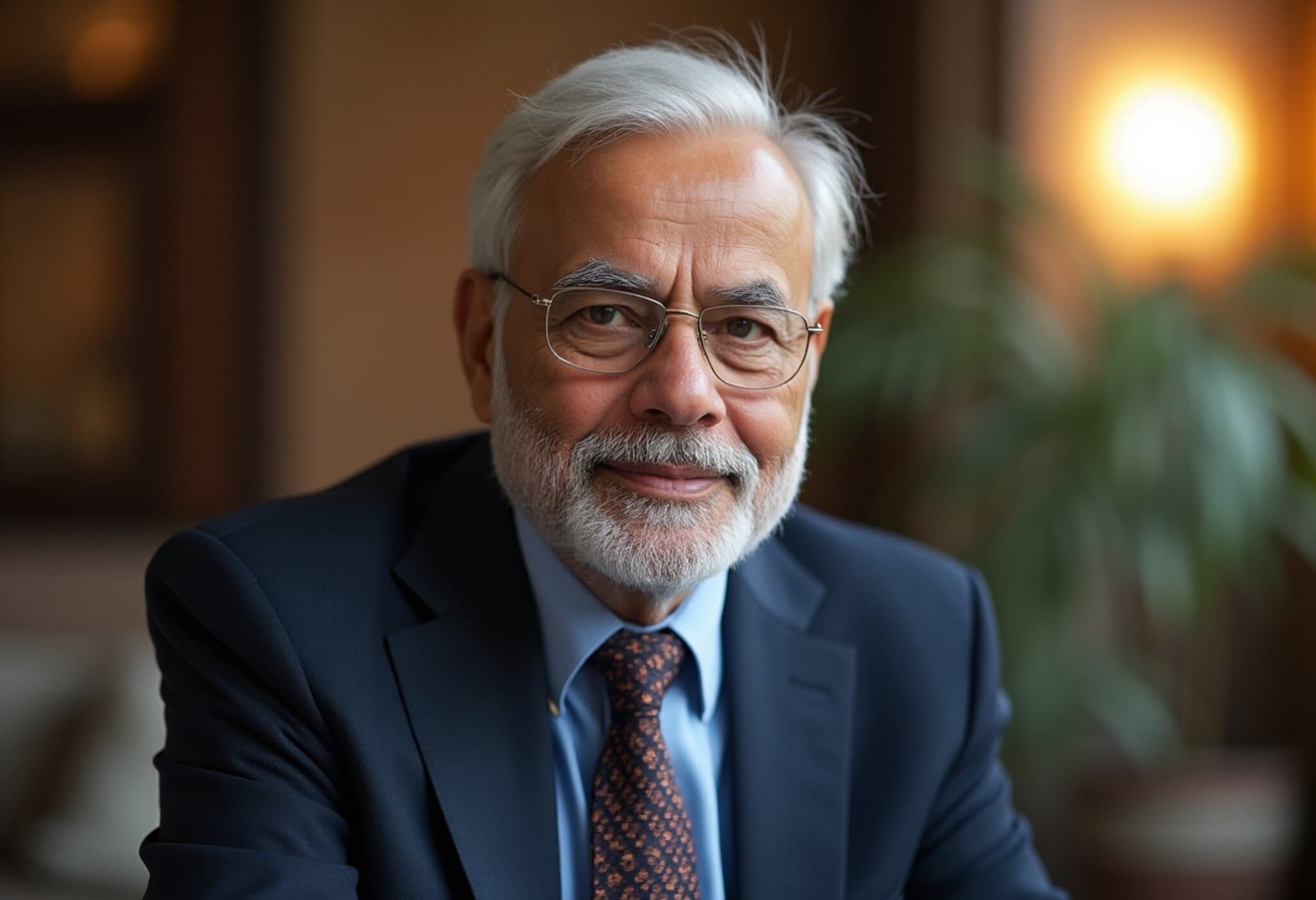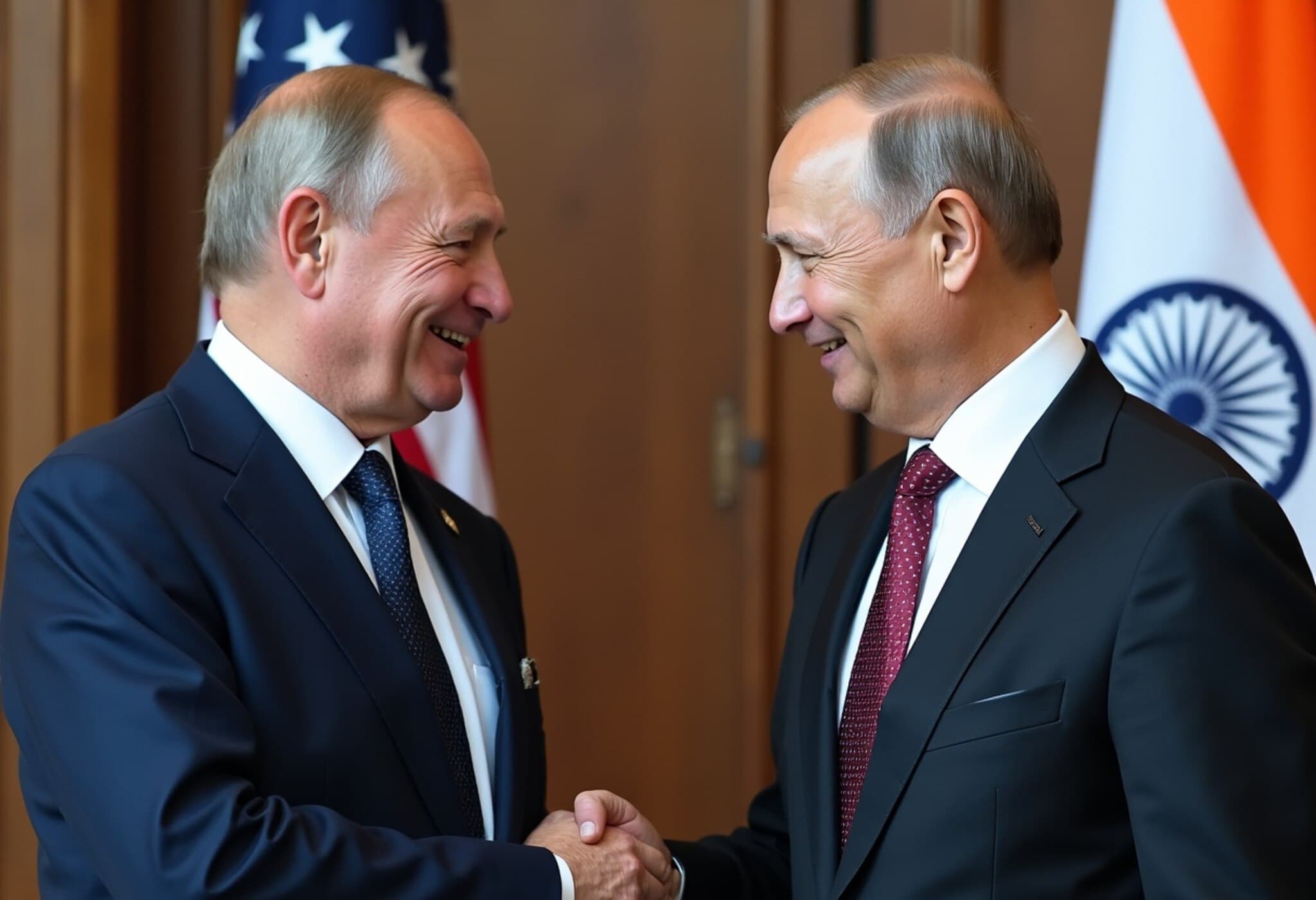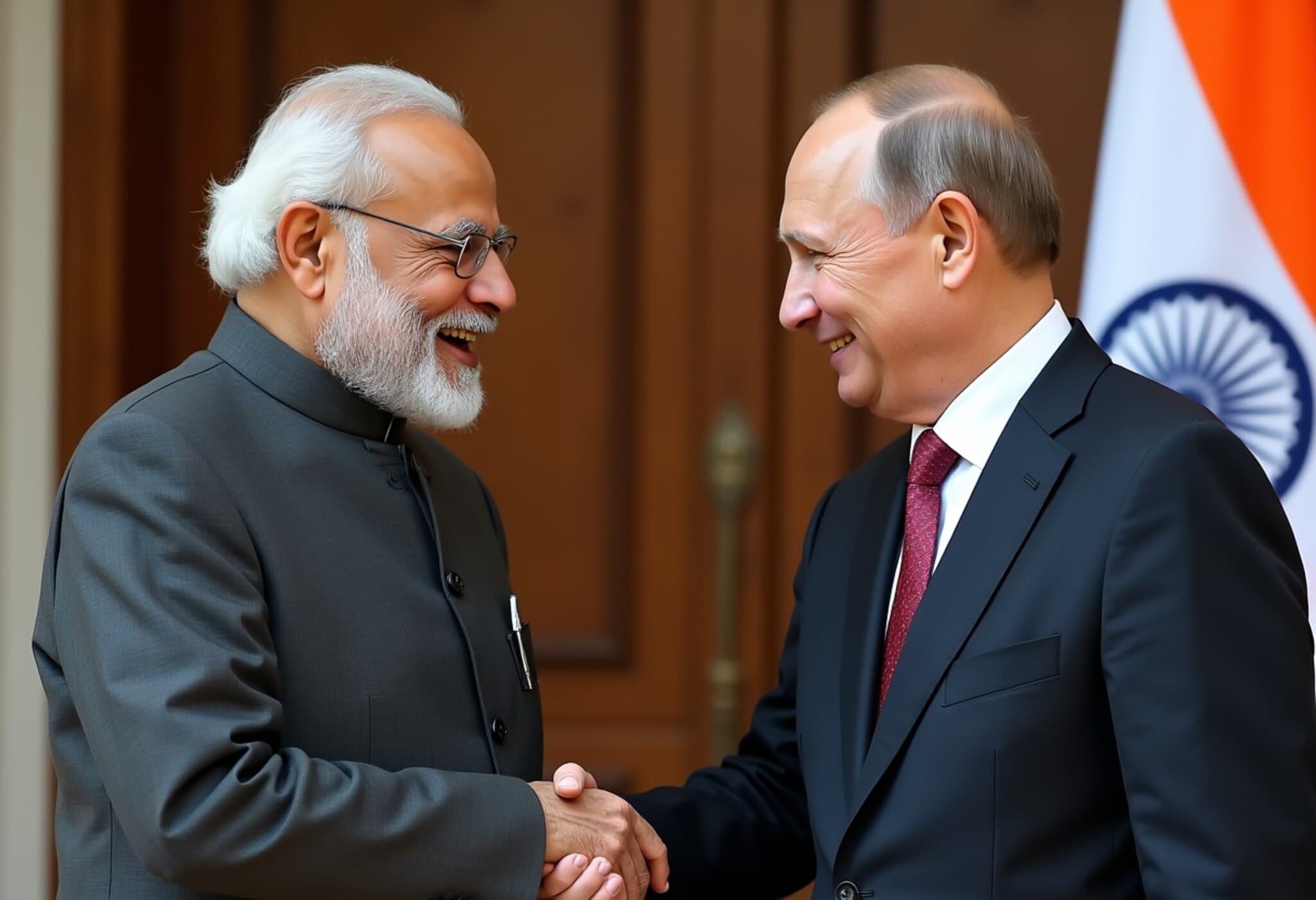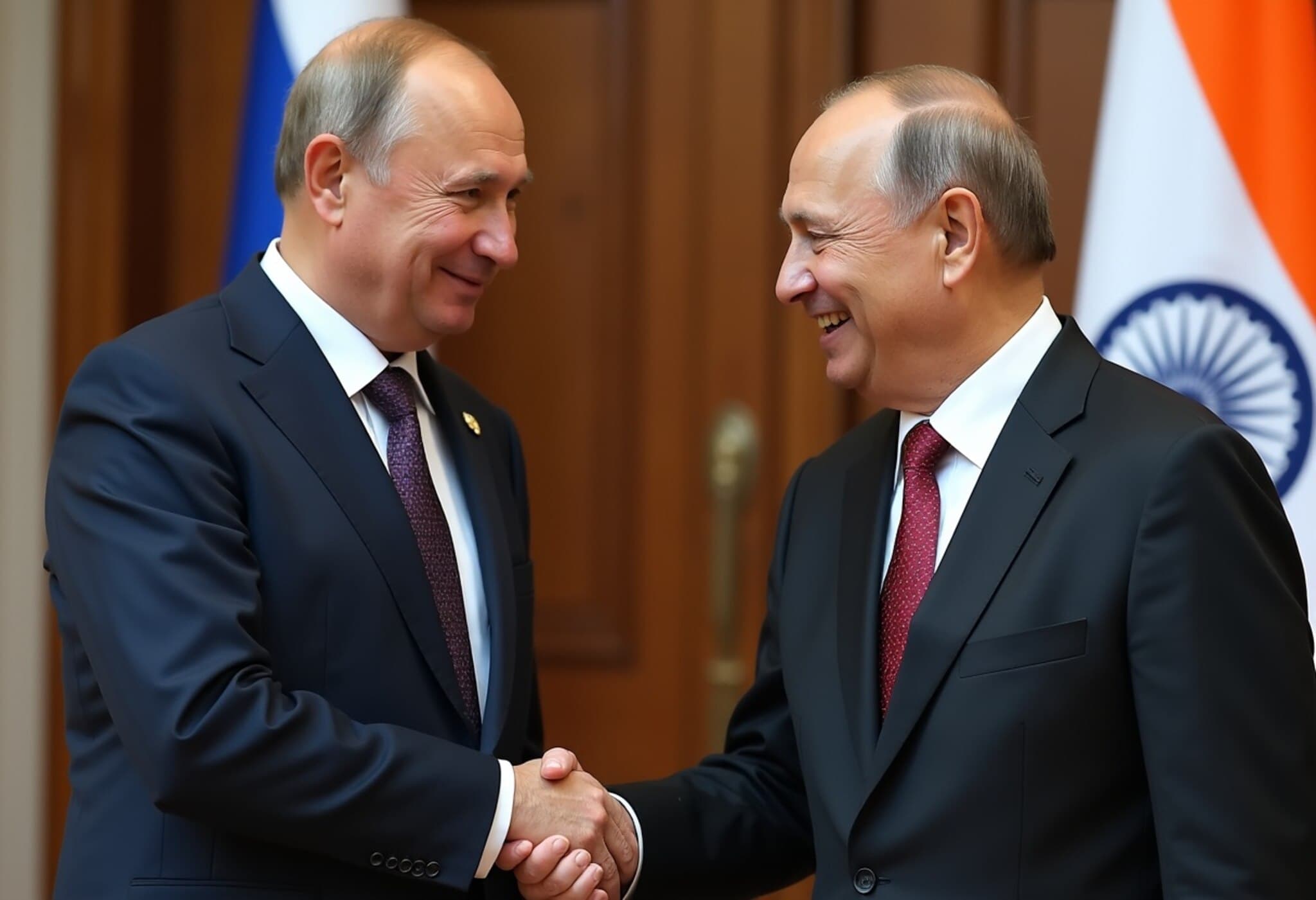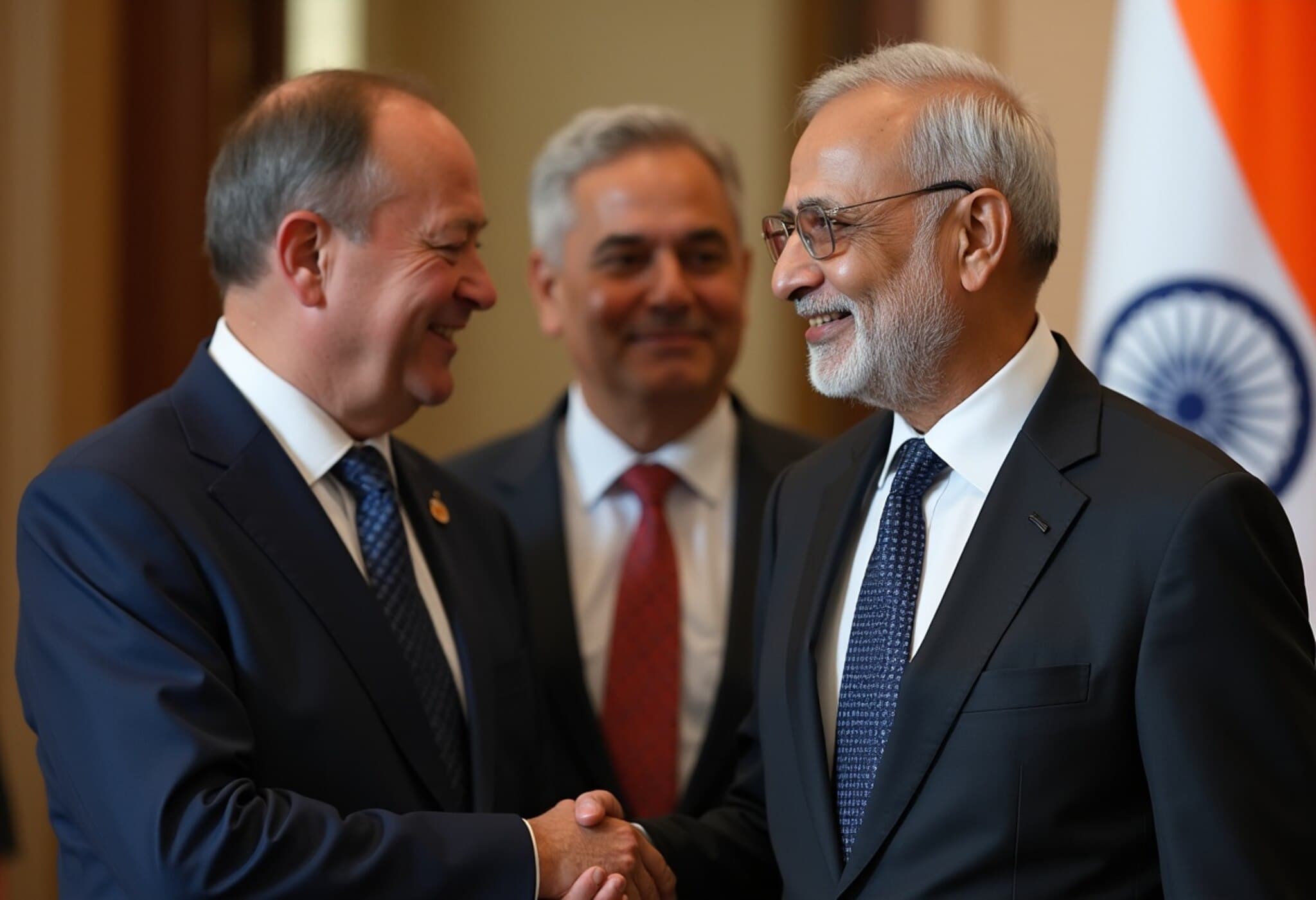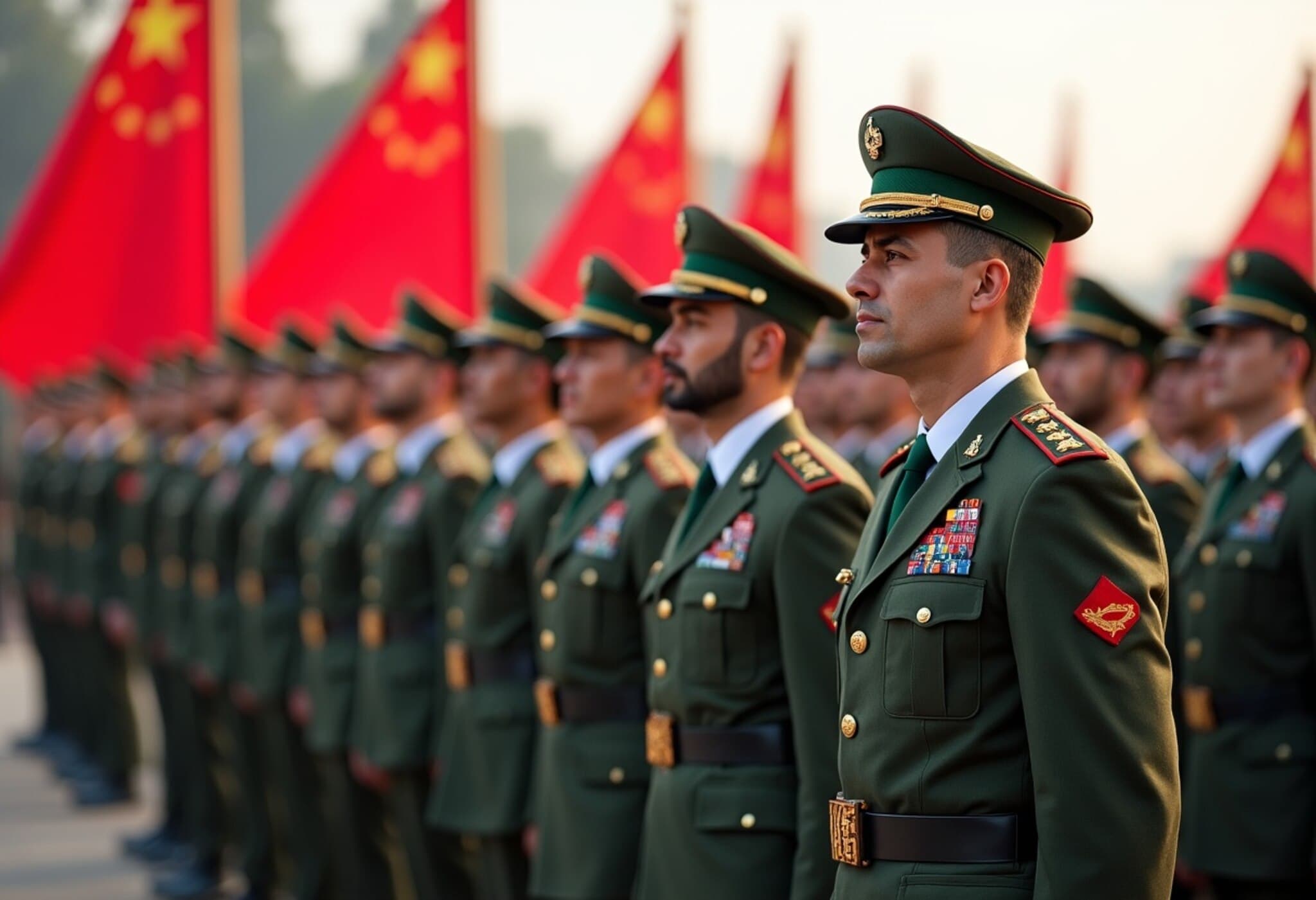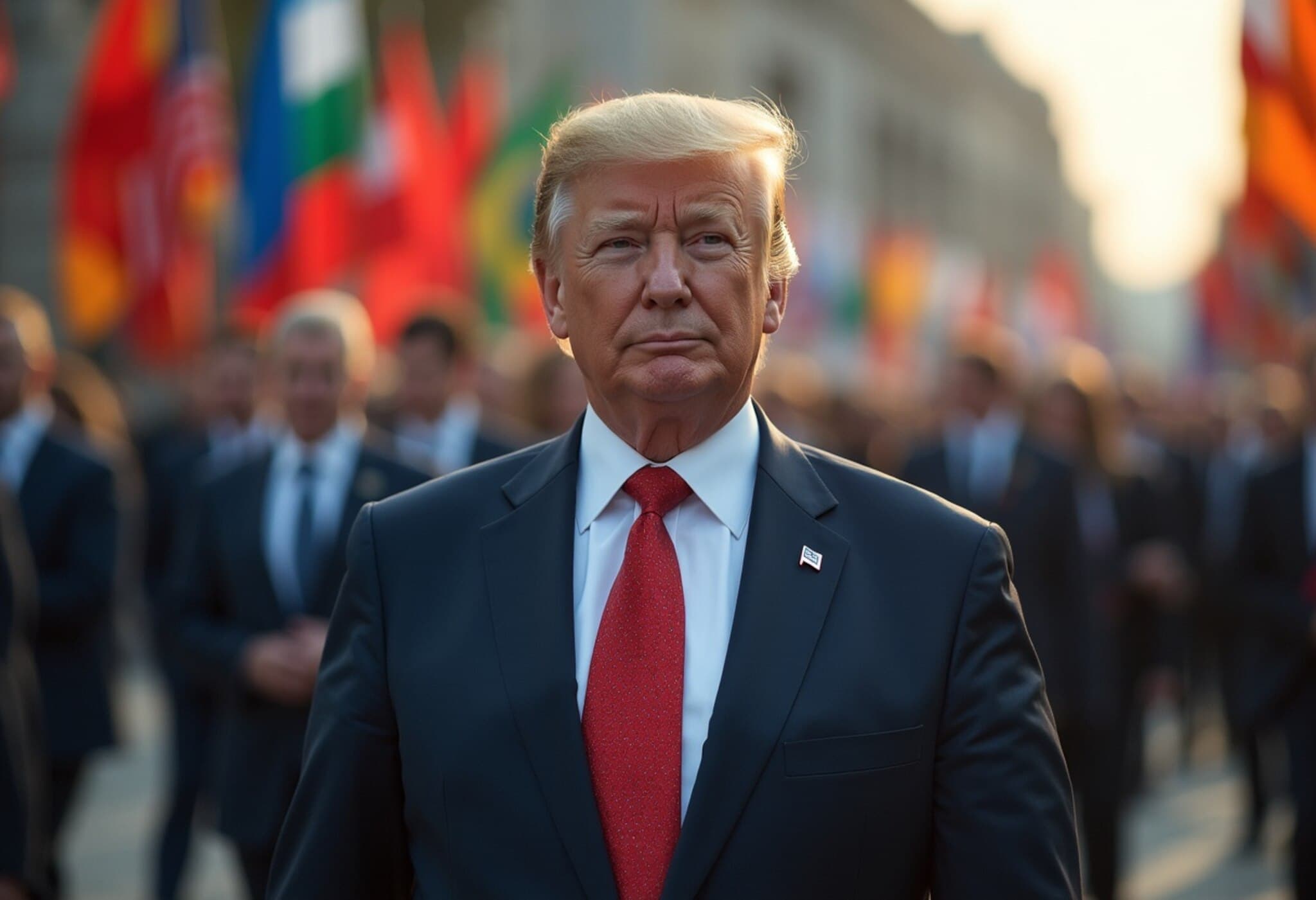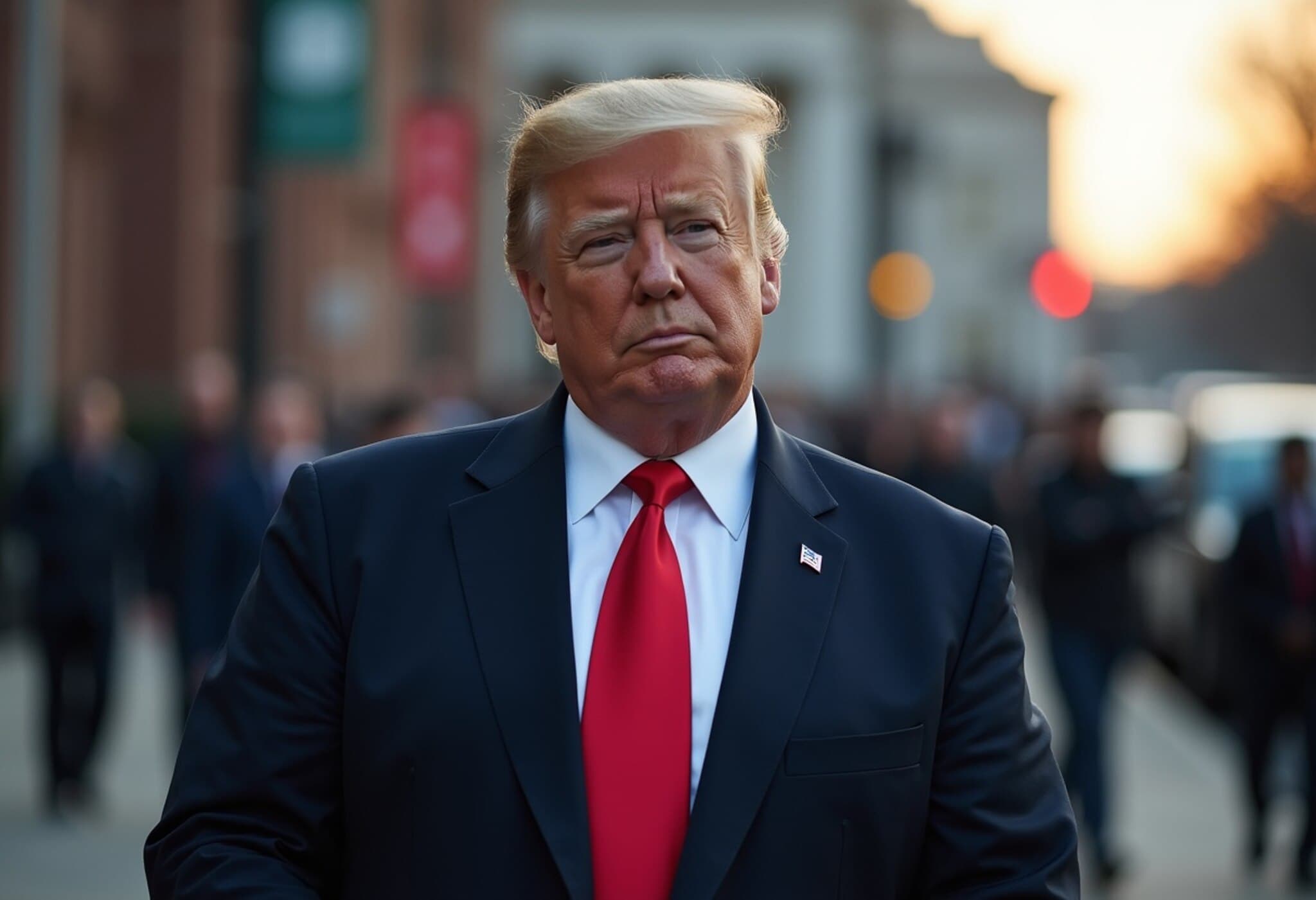Tariffs on India May Strengthen Ties with Russia and China, Warns Former US Official
In a cautionary statement reflecting on past policy moves, John Bolton, the former National Security Advisor under President Donald Trump, has sounded alarms over the unintended diplomatic consequences of US tariffs imposed on India. Speaking with CNN, Bolton characterized these tariffs—particularly the secondary tariffs aimed at India’s purchase of Russian oil—as potentially catalyzing an alignment between India, Russia, and China that could undermine Washington’s influence in Asia.
The Tariff Divide: India versus China
Bolton pointed out the paradox that while President Trump imposed tariffs exceeding 50% on Indian imports, including a hefty 25% secondary tariff, he refrained from imposing comparable measures against China, beyond a brief dispute earlier in 2025. This inconsistent stance—lenient toward China yet tough on India—may be counterproductive. As Bolton stated, “It is ironic that the secondary tariff, intended to hurt Russia, could instead push India closer to Russia and China, and perhaps lead them to negotiate together against the US.”
This dynamic threatens to unravel decades of strategic American diplomacy aimed at integrating India more firmly into a US-led Indo-Pacific order, moving it away from Russia and China’s orbit.
India’s Response and its Strategic Implications
Despite Washington’s pressure tactics, India has maintained its approach, defending its oil purchases from Russia as pragmatic and in line with its national interests. Indian officials have labeled the secondary tariffs as “unfair and unreasonable,” underscoring a growing frustration with what they perceive as disproportionate US trade penalties. Meanwhile, Russia has openly supported India’s right to trade freely and has condemned the US measures as illegal economic coercion.
These tensions come at a crucial geopolitical moment, with Russian President Vladimir Putin scheduled to meet with Trump soon. Observers note that Russia may leverage this situation as part of a broader strategy to deepen cooperation with India and counterbalance US influence.
Expert Insights: Why This Matters for US Foreign Policy
- Regional Influence at Stake: The Indo-Pacific region is pivotal for global economic and security interests. Alienating India risks strengthening ties between two key regional powers, Russia and China, potentially complicating US strategic goals.
- Economic Pressure and Diplomatic Fallout: Trade tools such as tariffs can backfire when they fail to consider local political and economic realities, undermining alliances rather than strengthening them.
- Consistency in Policy: Bolton’s critique emphasizes the need for coherent and balanced US trade strategies that do not pit important allies against each other.
Ultimately, Bolton warns that the ongoing US tariff policy on India could be a “potentially enormous mistake,” a view echoed in his opinion article for The Hill, where he highlighted the risk of uneven treatment of Beijing and New Delhi in trade measures.
Looking Ahead: US-India Relations in a Complex Global Landscape
For policymakers, the challenge lies in recalibrating economic and diplomatic engagement with India to reinforce shared strategic goals without undermining the economic interests that drive India’s foreign policy decisions. Beyond tariffs, future US-India relations will require nuanced approaches that respect India’s sovereign decisions while fostering common values of democracy and security in the face of rising geopolitical competition.
Editor’s Note
The interplay of tariffs and diplomacy in US-India relations highlights the delicate balance between economic weapons and strategic partnerships. As the global order shifts, the US must carefully evaluate how pressure tactics like secondary tariffs might inadvertently drive key allies into the embrace of rival powers. This situation invites deeper reflection on how economic policy tools should align with long-term strategic objectives to avoid unintended—and potentially costly—geopolitical shifts.



